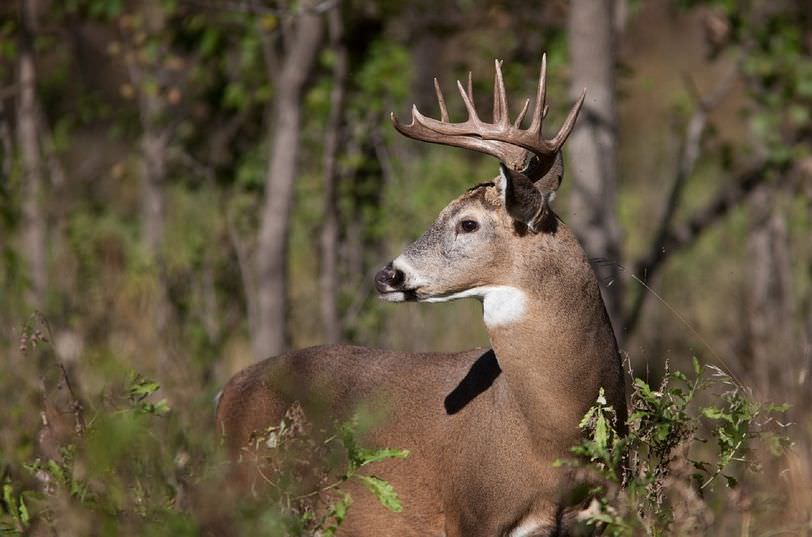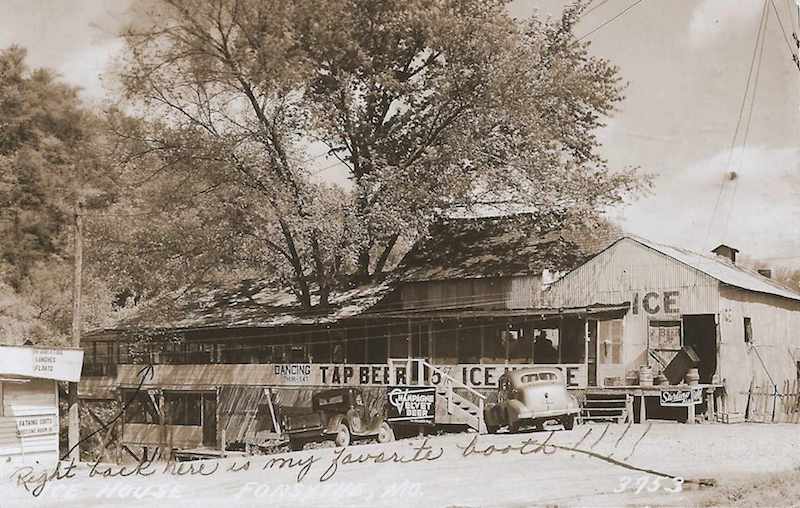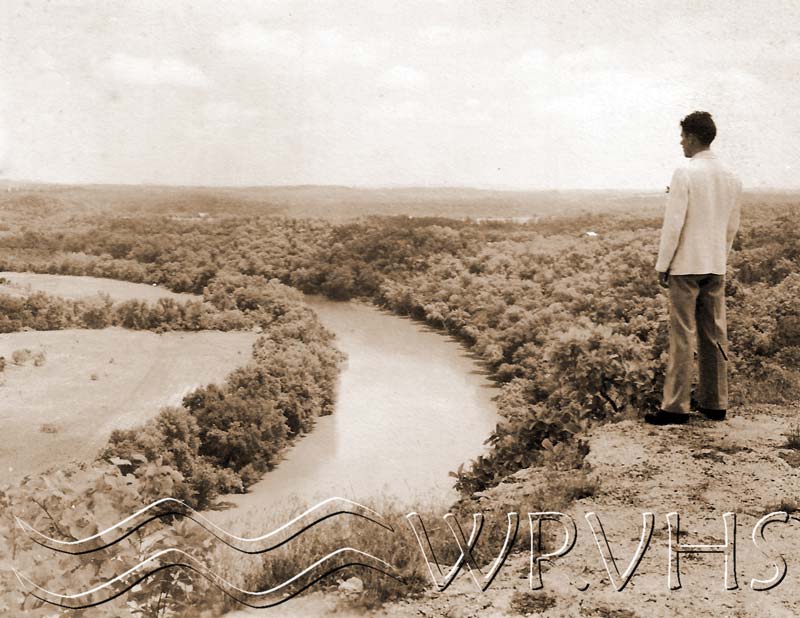The history of white-tailed deer in Missouri shows the positive and negative influences humans can have on wildlife. During pre-settlement times, the whitetail was abundant in Missouri. The influx of European settlers to Missouri during the last half of the 19th century coincided with a rapid decline in the deer population. Unrestricted market hunting and habitat destruction, such as cutting, burning, farming and grazing forest lands, contributed most to this decline.
Token laws restricting the killing of deer were passed in the late 1800s and early 1900s, but they went largely unenforced. In 1925, the state’s deer herd was estimated to be only around 400. In response to these findings, the Missouri State Legislature declared deer season closed and made the first substantial effort to enforce its regulation. At the same time, deer brought to Missouri from Michigan were released onto five refuges in the Ozarks. In 1931, deer season reopened but resulted in a small harvest, which indicated a low population that was stable or declining.
Only when the first Conservation Commission formed in 1937 did significant efforts to restore the whitetail begin to succeed. The Commission closed deer hunting season from 1938 to 1943. During this closure, additional deer were stocked from Wisconsin, Michigan, Minnesota and from existing refuges within the state. Enforcement of the Wildlife Code of Missouri by professionally trained conservation agents helped deter poaching. By 1944, the statewide deer population soared to 15,000, and Missouri held its first deer season since the recovery effort had begun.
Missouri’s deer management program has come a long way since 1944. That year, 7,557 hunters took 583 deer during a two-day, bucks-only season in 20 southern Missouri counties. In recent years, nearly 500,000 gun and bow hunters typically harvest around 300,000 deer annually during statewide seasons. Missourians can take pride in the widespread restoration of this major wildlife species.
Successful deer management requires flexibility in response to changing conditions. The white-tailed deer is strongly affected by hunter pressure; populations can be under-harvested or over-harvested. The penalties for either are great. With under-harvest, crop damage and deer-vehicle accidents may increase. Over-harvest means several years of slow recovery, especially in Ozark habitat where forage quality is lower. Successful management is maintaining the delicate harvest balance.
Many tools are necessary to accomplish this balancing act. In the 1950s and early 1960s, Missouri had short any-deer seasons. As hunting pressure increased, this type of management became outdated because harvest of does could not be controlled. Since then, deer management has gradually evolved from a quota system based on deer management units to a county-based system where quotas are no longer used. Today harvest and deer populations are managed by allowing various numbers of archery and firearms antler-less permits to be used in each county.
The firearms deer hunting season is now composed of different portions that provide the varied hunting opportunities Missourians enjoy. The current season structure accommodates different hunting methods and styles, and also specific user groups. Consequently, it satisfies the great demand for deer hunting without harming the resource, and also provides multiple weekends of hunting for those who cannot hunt on weekdays.




